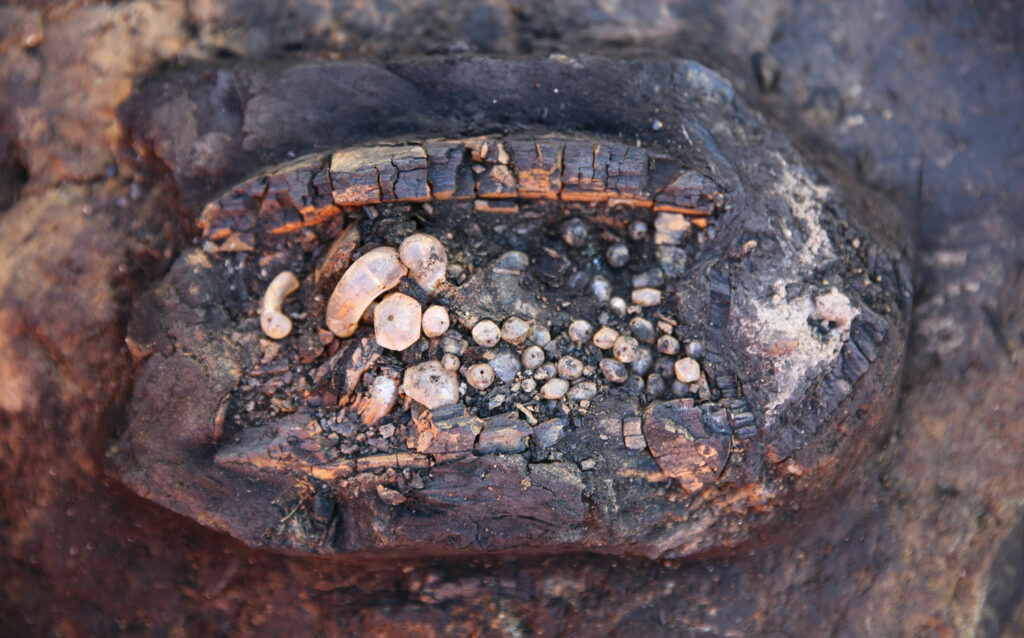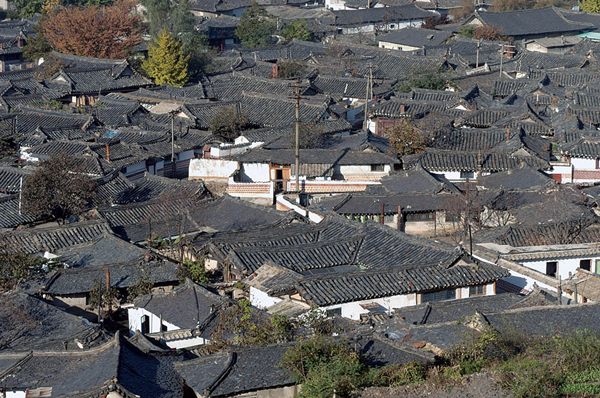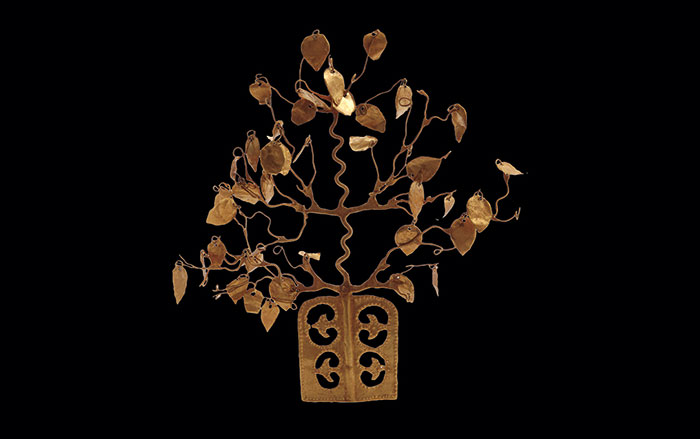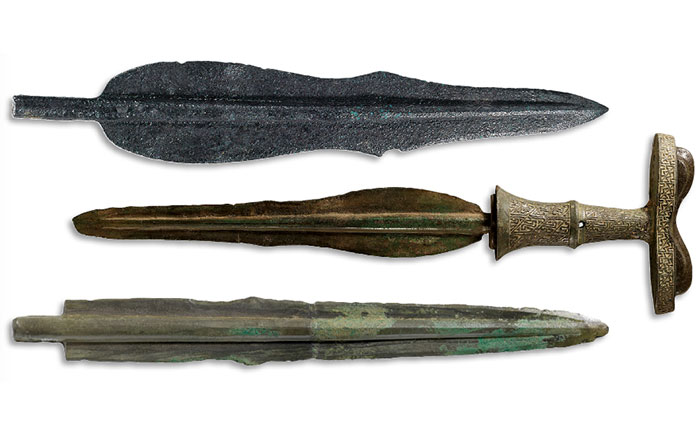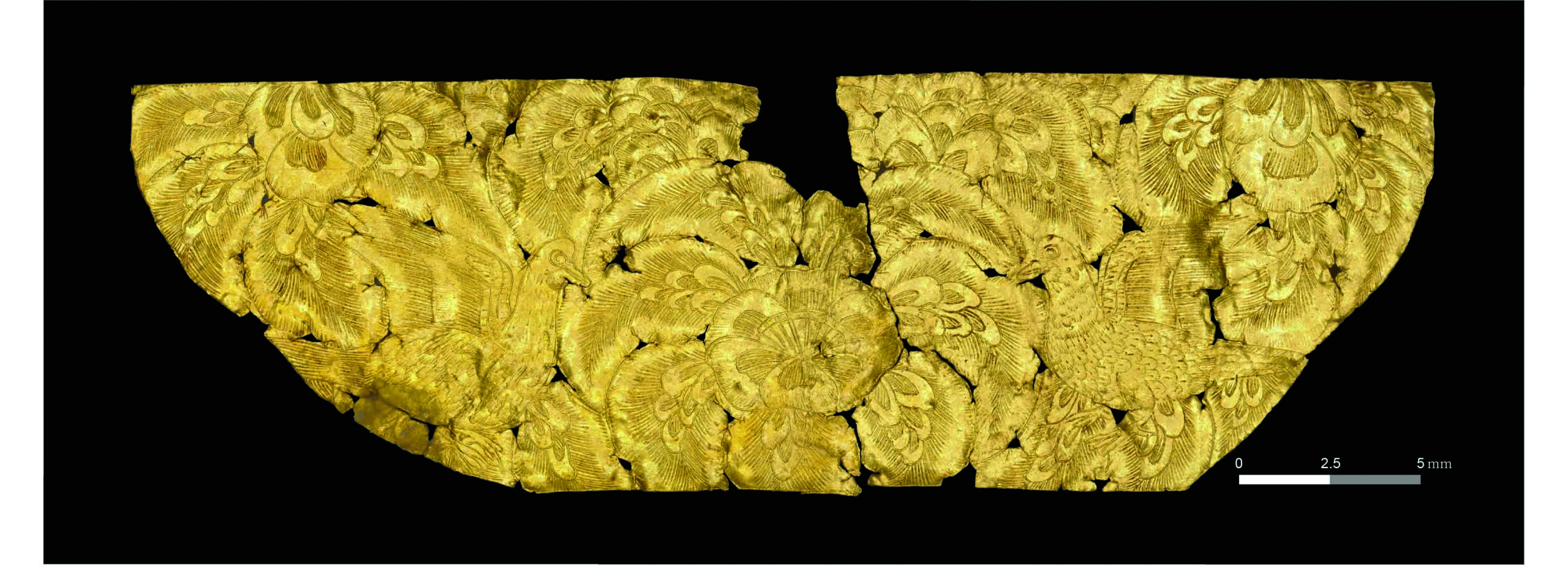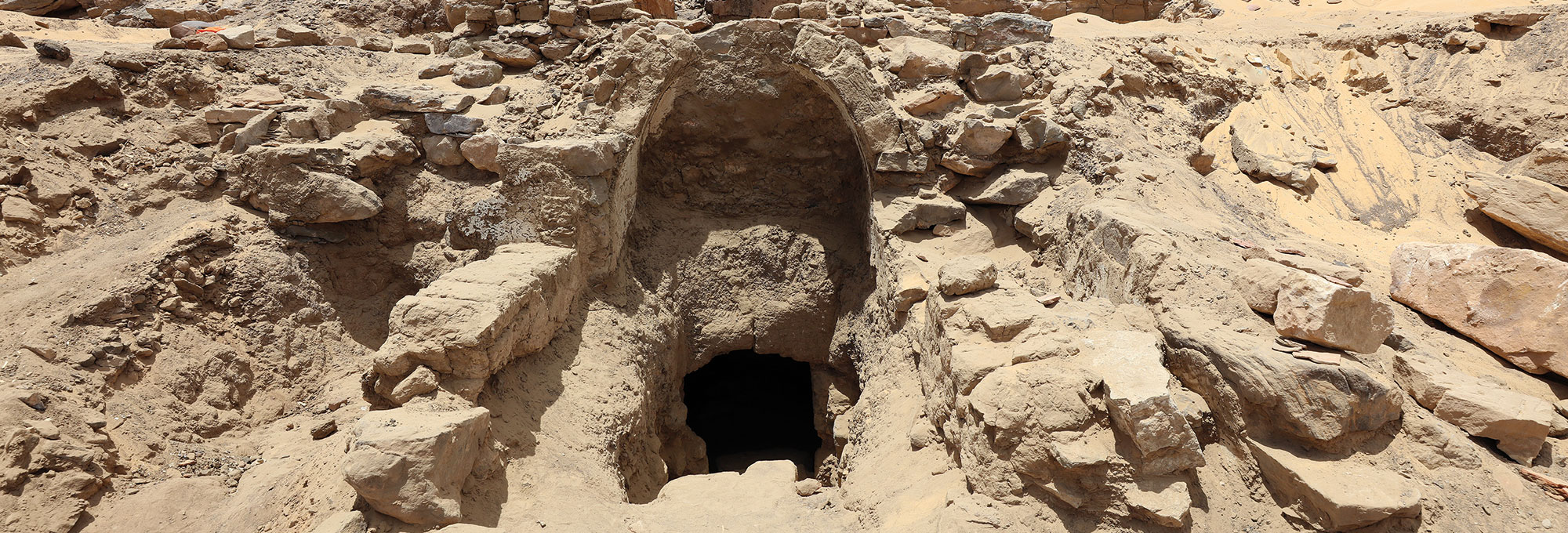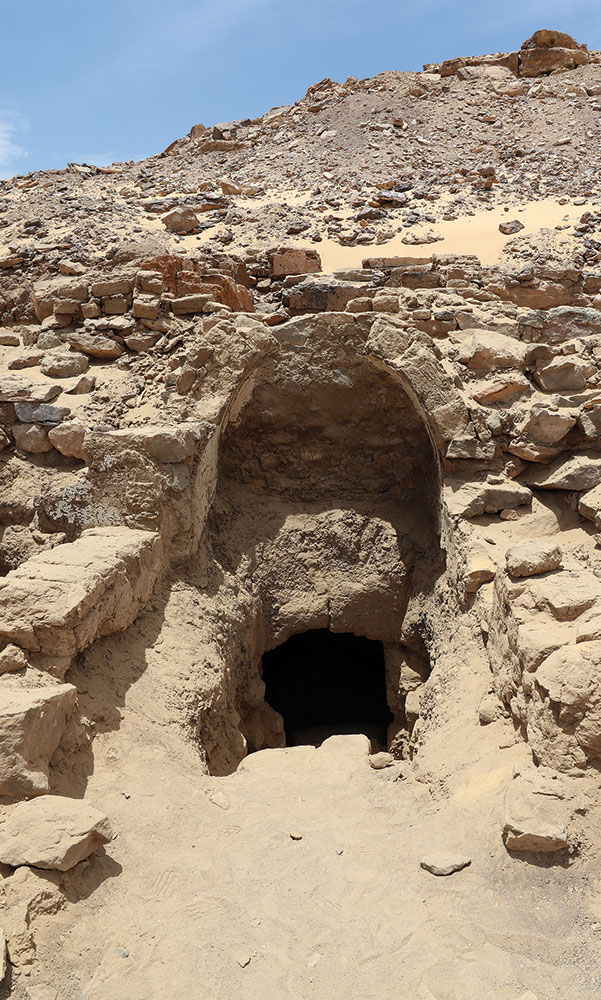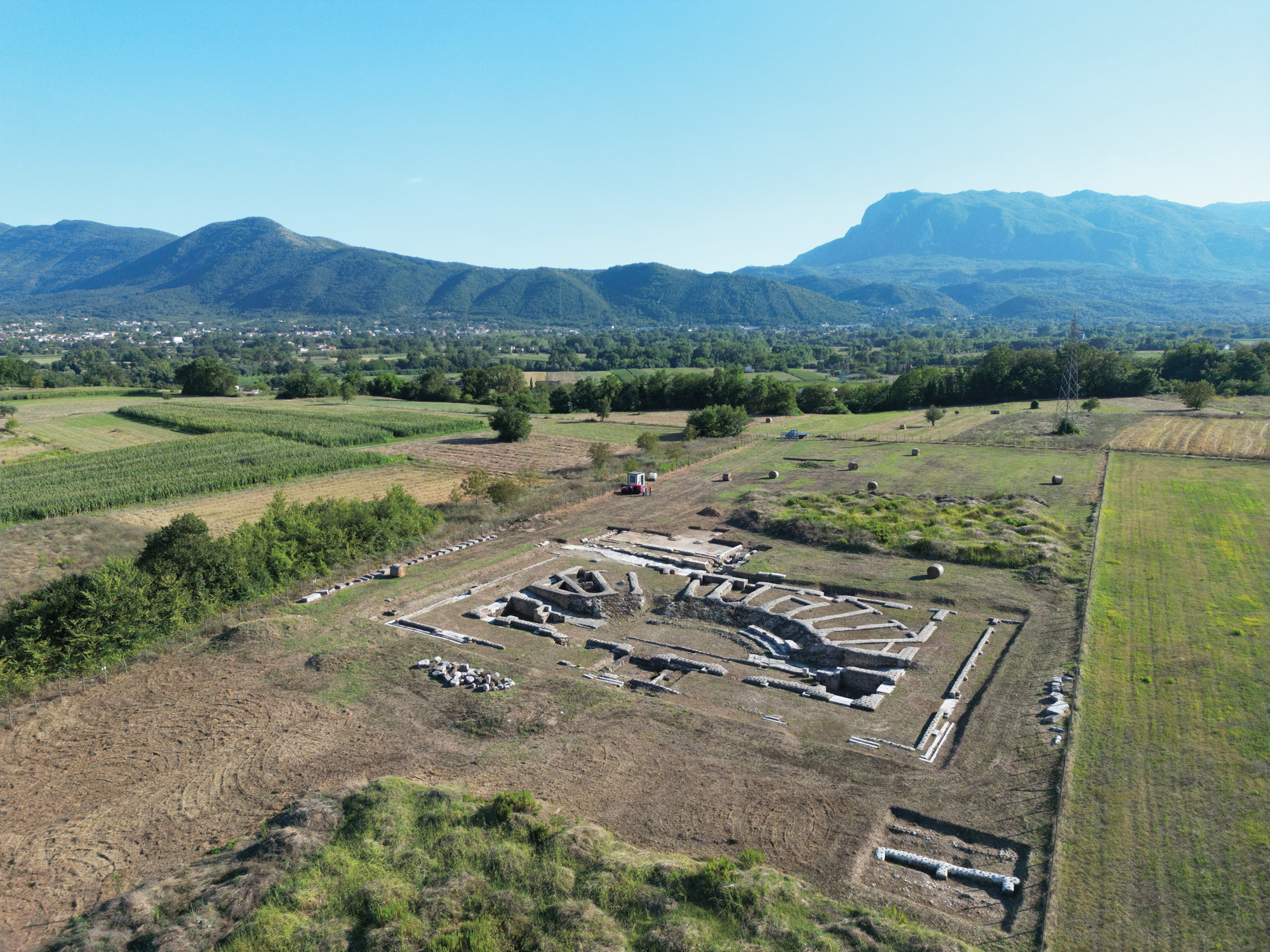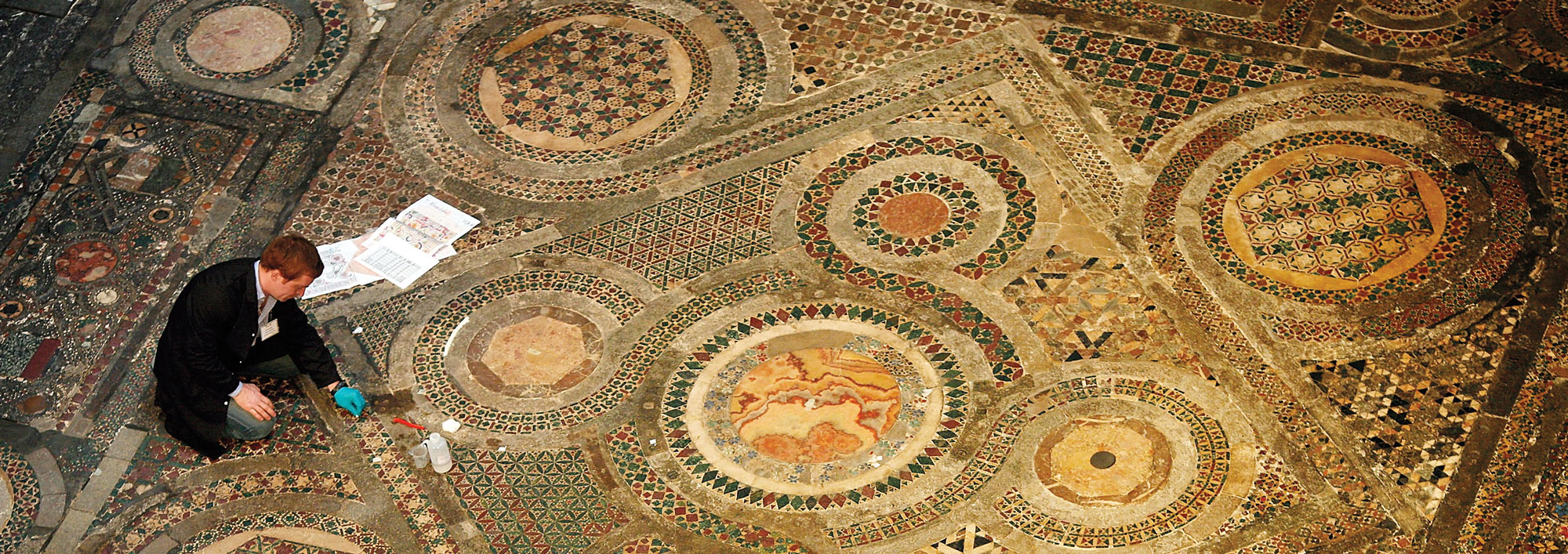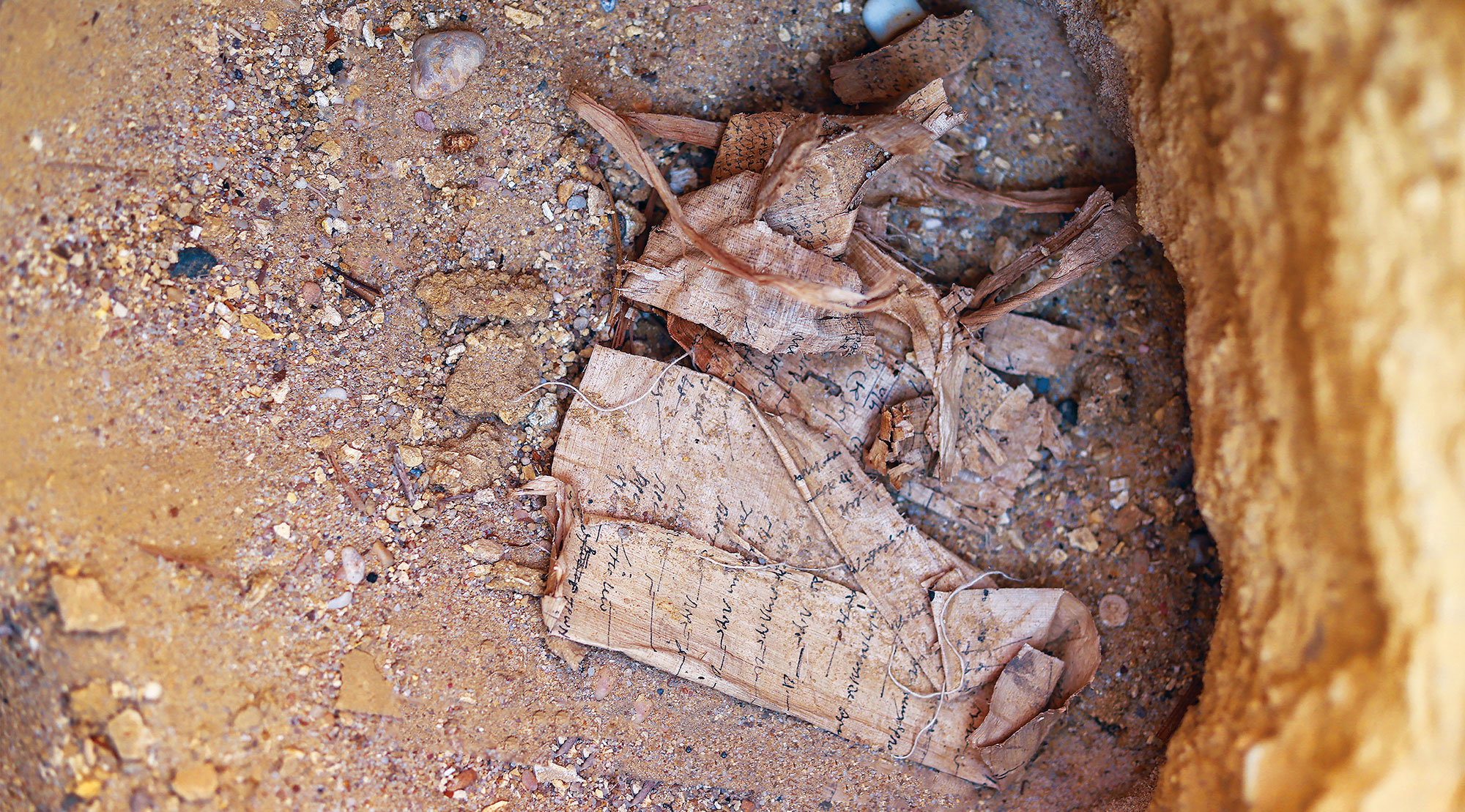GYEONGJU, SOUTH KOREA—According to a report in Korea JoongAng Daily, Choi Eung-chon of the Korea Heritage Service announced the discovery of Donggung, the residence of the crown prince of the Silla Dynasty, which ruled the central and southern Korean Peninsula between 57 B.C. and A.D. 935. It had been previously thought that the residence was situated to the west of Wolji, an artificial pond in Wolseong, the area in the capital where the royal palace and central government offices were located. “A large building site was discovered on the eastern side of Wolji, and for the first time, the remains of a flush-style toilet system, believed to have been built during the Unified Silla period (A.D. 668–935), were also discovered,” Choi said. “This new finding has finally put a stop to a long-standing dispute and newly written the history of Silla,” he explained. The construction of Donggung marked the consolidation of royal authority and a succession system by Silla’s King Munmu. Structures uncovered on the western side of the royal palace are now thought to be an extension of the king’s main residence. “When considering the elevation and scale, it’s clear that the western complex was the king’s domain, while the eastern side was for the crown prince,” concluded Kim Gyeong-yeol of the Gyeongju National Research Institute of Cultural Heritage. To read about a tiny artifact previously uncovered at the site, go to "Miniature Gold Canvas."
